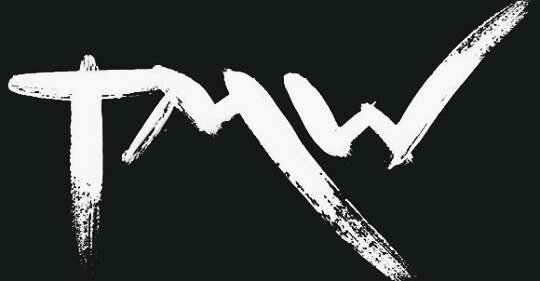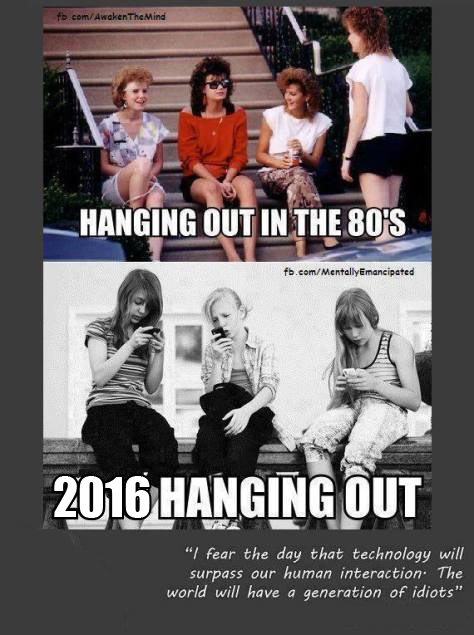Shock at the musée d'Orsay!
What I witnessed at the Musée d'Orsay last week, still sticks with me. I don't mean the paintings, that I love to return to as often as possible. I mean the visitors, and more specifically, visiting art students on a field trip. A single teacher was putting his group of students to the task of drawing from paintings or sculptures in a museum.
The first time this teacher made my head turn was in the Bouguereau room, where he displayed the dismissive attitude the French generally have towards 19th century art, all the while mispronouncing Bouguereau's name with a soft G rather than a hard G (as if written “Boujereau”). To me this felt like nails on a chalk board.
I was sketching, and 3 of these students were curious and came to ask questions. They shared with me the difficulty of the task at hand: to find a dynamic figure in a painting or sculpture and draw it. So I gave them a few tips.
The last time I read about absurdity in art education and museums, was when an art teacher in 2006 had been fired and black listed from her state (Texas). She had taken her class to a museum, where there was a Greek sculpture circa 330 BC. "One of he students saw nude art in the museum, and after the child's parent complained, the teacher was suspended". She was not only suspended, but denied transfer for another school in the district. This seems surreal, but you can read the full New York Times article.
Sydney McGee, a teacher in Frisco, Texas., led fifth graders through European and contemporary galleries of the Dallas Museum of Art, 2006
My digression to this 2006 incident isn’t really connected to what I witnessed at the Orsay. But it does contribute to a general phenomenon: more and more people have lost sight of what national art museums are, and what we are supposed to experience in them.
Anyway, back to the students I encountered at the beginning of this story. Once I'd finished drawing, I walked around and saw these students were now busy drawing. They were mainly in the central sculpture alley, hunched over their sketchbooks. Watching from a distance though, I could tell that something seemed odd. They seemed to be writing rather than drawing. I couldn't see the usual sketching head movements of looking up, looking down, looking up, looking down. I looked the other way, and saw another 4 students actually sketching. You could see which sculpture they were looking at.
I turned back towards the first students, who I thought were writing, and it started to dawn on me what I was witnessing. I stared in disbelief, as it started sinking in. These students were drawing, but not “from life”. They were drawing from their phones. They had taken a photo of a sculpture, and then sat down, and proceeded to copy from their small screen. As I got closer to some of them, I could see that the sculpture in question was literally 3 feet away from them, and they didn’t look up once. Some even had their backs turned to their subject!
Only 1/3 of this class was actually looking directly at their subject, in the real world, while the rest were basically ticking off the box for the day's task at hand. Where was the teacher at this point? Probably smugly sipping his coffee on the 5th floor café, patting himself on the back for dismissing the very artists who represent the tradition of working from life.
We’re all familiar with images that illustrate how people fail at interacting which one another: Friends at dinner, or at coffee, or at the beach, or travelling together, and they’re all looking at their phones. These images have been falsely attributed to Einstein, but the gist of the message feels true enough.
" I Fear the Day That Technology Will Surpass Our Human Interaction" . This quote actually first appeared in the 1995 film Powder.
I've not come up with a quote for this image below. For now, simply a juxtaposition of images for the sake of comparison.
Norman Rockwell's "The art critic", and some art students at the Musée d'Orsay.










